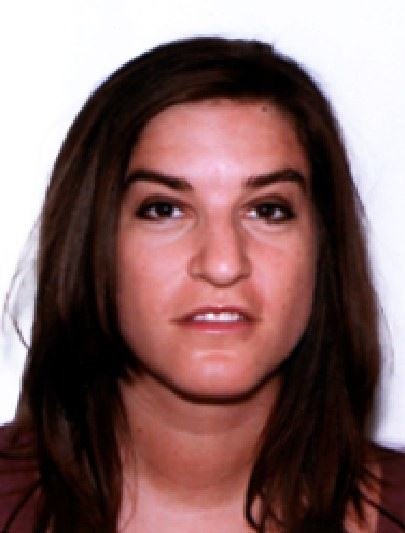I am mortified that most of my best photos of this part of Argentina were deleted while trying to upload them. I´m sorry not to be able to share those particular photos with you, but even sadder to not have them to remind me of the wonderful past 2 weeks.
To the north of Salta and Jujuy I found myself in another world: a world that I had long hoped to experience, a world of small, poor indigenous villages, immensely rich in culture, folkmusic and nature. From Salta I traveled north through the Humahuaca Canyon country, passing many picturesque villages that I visited on my route back south.
My first stop was Humahuaca village. It was slightly more touristy than I had imagined but I found myself wandering dusty dirt streets filled with dark-skinned, Andean people in their typically colourful clothes, carrying babies in blankets on their backs, selling coca leaves and all sorts of Andean arts and crafts, and felt that I was finally experiencing some of the Andean lifestyle that I had hoped for. All too aware of the touristy nature of Humahuaca I decided to head north to a remote village in the mountains for Holy Week (Easter), 3hrs drive on gravel roads. I was invited to go by car with 4 lovely Porteños, Carolina, Mauro, Alberto and Lucio. This was a great opportunity to take some pictures on route, which is impossible when travelling by coach, of course. They also proved great company!
Iruya is a tiny remote village, as yet unused to tourism. Its inhabitants are understandably wary of tourists, who seem to have no conscience when desperate for their photographic evidence of their “indigenous experience”. The village is high up in startlingly colourful mountains, and is accessed via a steep cobbled road that leads to a circular plaza in front of the church that offers spectacular views all around the valley and village, which is where most of the village culminates to chat, chew coca and stare back at the tourists, often followed by the odd donkey, horse or stray dog. I spent hours here. Once beyond the central 4 blocks the rest of the village is made up of very basic adobe houses.
From Iruya I went with a guide to the next village (even more remote) of San Isidro, where, alter a gruelling 2hr walk over rocks and crossing the same river about 10 times on route we arrived to the most serene and peaceful place I have ever been. It was again high up in the mountains, with just tiny paths connecting up the adobe houses, where their inhabitants worked at their subsistance living, whether it be tending their tiny herd of horses or donkeys, drying meat or who knows what else. I spent an afternoon, a night and the following morning here and felt so happy to be away from it all in such attractive surroundings. I also had the pleasure of being well accompanied by 3 Porteños, Fede, Nacho and Nicolas and their guide Ricardo, who produced an asado for us that evening. Alter this delicious feast of freshly slaughtered beef and salad we took our torches and went up to the mirador to watch the stars, just in time to see the moon rising over the mountains. A fun experience in great company.
After a very relaxed morning in San Isidro alone I made my way back to Iruya on horseback. I was lucky to find a local about to leave for Iruya for the Easter gaucho “sorteo” a competition in which the riders have to display their equestrian skills.
I then left Iruya for Humahuaca, where I stayed just one night, took some great photos (which I stupidly deleted accidently) and then left for Tilcara. Tilcara is another rather touristy village with some ruins of an indiginous fort settlement. I also (without too much regret in this instance) deleted my entire photos of this area. I associate this village with two misfortunes, one was food poisoning and the other was a case of clumsy Louise drops here camera over a precipice and trys to recover it by climbing up a rather steep hill, cutting and scratching herself on the way, not to mention the hundreds of cactus spines…… ouch!
I then moved on to Purmamarca. Given that Purmamarca (along with Iruya/San Isidro) was my favourite village in the Humahuaca Canyon area, and I have great photos of it, I have dedicated the next post entirely to this village.
Here are the photos of Humahuaca-Iruya-San Isidro-Maimara.
DISTANCE TRAVELED SINCE USHUAIA: 7,821KM








